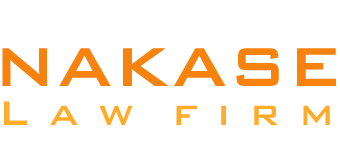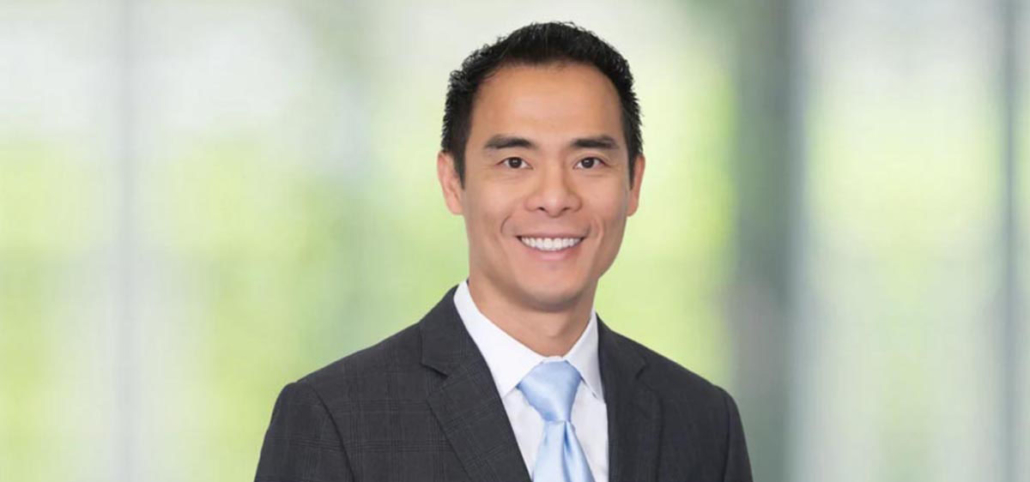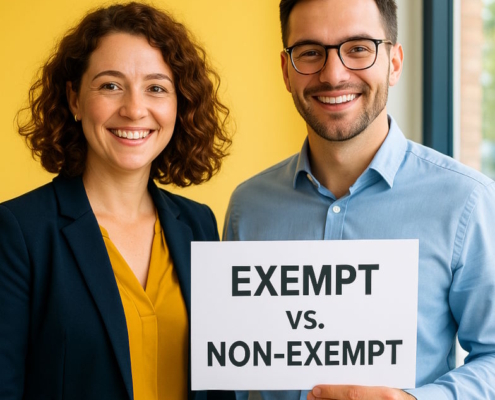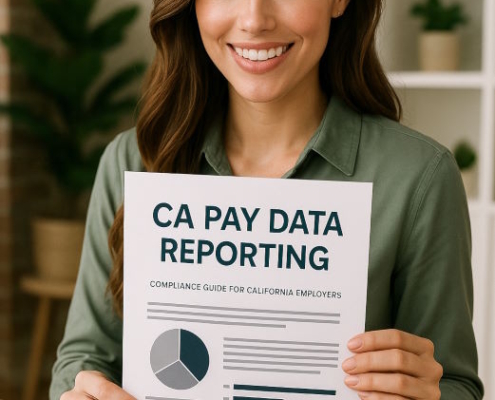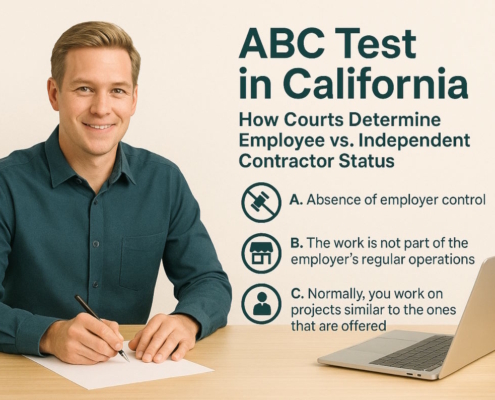Related blogs:
What does the new California sick leave law do?
On January 1, 2024, Senate Bill 616 (SB616) became law in California. Almost all businesses and workers in California now have access to more generous paid sick leave (“PSL”) thanks to this new legislation. A minimum of forty hours or five days of paid sick leave, whichever is larger, is now required of California employers, as per the law’s amendments to sections 245.5, 246, and 246.5 of the Labor Code.
As an illustration, a worker who puts in ten hours each day is eligible for fifty hours of PSL, which is five days. On the other hand, if a worker puts in 30 hours of labor every week and takes five days off for sick, they will still have 10 hours left over.
Implementing the New Legislation
Any California worker who spends more than 30 days on the job for the same company in a given year will be subject to this new regulation. Included in this group are the following workers:
-Part-timers
-In-home supportive services providers (IHSS)
-Per diem
-Temporary employees
The paid sick leave statute also applies to staffing agency employees. So, whoever is the boss or joint employer must give eligible workers paid sick leave.
The paid sick leave law does not apply to the following employees:
-Employees of airlines that work in cabin or flight deck roles and receive compensation for sick leave that meets or exceeds the minimum standards set by the paid sick leave law
-Workers receiving annuities from the government throughout their retirement years
-Railroad employees
-People working as construction workers who are part of a CBA with certain terms
-Workers inside the construction business who are subject to a CBA with certain clauses are largely immune from PSL
Paid Time Off Accumulation
Employees may learn more about how to accrue paid sick leave in SB 616. To allow workers to accumulate paid sick time, employers have a few options:
For every 30 hours worked, there is one hour of PSL;
Paid sick leave that is “front loaded,” meaning that workers get 40 hours (or 5 days) of PSL at the beginning of their job and then added to their total every 12 months; or
Paid sick leave (PSL) can be accrued at a rate other than one hour for every thirty hours worked, so long as it’s regular and amounts to at least 24 hours (three days) by the 120th day of employment and 40 hours (five days) by the 200th day of employment.
Also, if employees haven’t accrued any paid sick leave yet, their employers have the option to advance it or make them work for 90 days before they may take it.
Limiting PSL
A maximum of 80 hours, or 10 days, of paid sick leave can accrue if employers choose to do so instead of front-loading it. Companies have the right to limit their workers’ PSL use to no more than 40 hours (or 5 days) every year.
Carry-over
It is against the law for employers to cap the amount of PSL that an employee can carry over to fewer than forty hours, or five days. An employee is eligible to carry over a minimum of 40 hours of unused PSL to the next calendar year.
Notification in Writing
Employers are still required to provide employees with written notice on their available paid sick leave. This notice might be in the form of a pay stub that includes the current balance.
Grandfather Plans
The new law will “grandfather” certain employment plans that were in place prior to January 1, 2015. Companies that had paid sick leave (“PTO”) or personal time off (“PSL”) policies in place prior to January 1, 2015, can keep them and be considered in compliance as long as their employees are able to accrue at least eight hours (one day) of PTO or PSL within the first three months of each year of employment and forty hours (five days) of PTO or PSL within the first six months of employment. Also outlined in the PSL is the method for paying the PSL for a grandfathered plan.
Employers are not need to establish a distinct PSL plan if they already have a PTO plan that employees can utilize for paid sick leave; nonetheless, they must meet all minimal requirements of the new law.
Local laws that require employers to give more PSL than what the state law says
If a location’s PSL requirements are higher than those of the state, the employer is nonetheless liable for meeting those higher standards. It is the employer’s responsibility to adhere to both California law and any applicable local sick leave legislation, even if the two sets of regulations may have some differences. It is the employer’s responsibility to offer the most generous provision or benefit to the employee, according to the Labor Commissioner’s Office.
By January 1, 2024, there will be one exception to this rule: local regulations cannot conflict with the requirements of the state PSL law regarding the following:
-Providing access to paid sick days
-Paystub statements
-Methods for determining paid sick days
-Giving advance warning if the absence is expected
-The payout schedule for paid sick leave
-Whether sick leave must be paid when an employee’s employment ends.
The state’s laws shall take precedence over any conflicts between local ordinances and these statutes.
Making Use of Paid Time Off
Employees are eligible for paid sick leave for a variety of reasons, including but not limited to: preventative care, diagnosis, treatment of preexisting conditions, and survivors of domestic abuse, sexual assault, and stalking. Anyone who is a parent, spouse, child, domestic partner, sibling, grandparent, or designated person is considered a family member of the employee. Regular checkups and influenza vaccines are part of preventative care.
The amount of paid sick leave an employee takes is entirely up to them; they can take a full or partial day, as they see fit. The quantity of paid sick leave that an employee needs is ultimately up to them, though employers can mandate that employees use at least two hours at a time.
Plans for sick leave, such as appointments with the doctor, require workers to give advance notice to their employers. In cases when the requirement is unexpected, such as a sudden illness or a medical emergency, the employee is merely required to provide notice as soon as it is practically possible.
A company cannot legally withhold paid sick leave from an employee just because their doctor hasn’t signed off on it. The right to paid sick leave is immediately available to covered employees upon verbal or written request. Certification by a medical professional is not required for paid sick leave.
